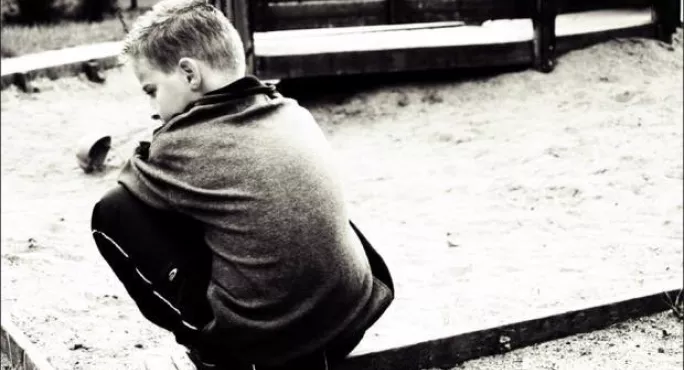Almost one in 10 teachers have expressed concerns for their own safety when visiting vulnerable pupils at their homes or offering them support under lockdown, according to new research.
Research by the National Foundation for Educational Research (NFER) highlights Department for Education data that states that only 15 per cent of vulnerable pupils have been attending school during lockdown despite being eligible for a place.
And its research in state schools among 1,233 senior leaders and 1,821 teachers found that 46 per cent of senior leaders in the most deprived schools said their staff were undertaking visits to the homes of vulnerable pupils compared with 26 per cent of senior leaders in the most affluent schools.
Coronavirus: 4 key issues for vulnerable at-home pupils
Background: Uptake of school places for vulnerable ‘very low’
Inclusion for all: ‘A laudable dream, but the reality is stark’
The report states: “Some senior leaders are concerned that school staff may be putting themselves at risk by supporting their pupils through visits and contact.
It adds: “Home visits typically entail investing a large amount of time for each pupil and, as schools open their gates to more children, they may not continue to be sustainable. Visits may also be diverting valuable teaching resource away from in-school and remote learning.”
The research found that 17 per cent of senior leaders in the most deprived schools had concerns about the safety of staff visiting or offering support to vulnerable pupils, compared with 7 per cent of leaders in the least deprived schools.
Nine per cent of teachers had concerns, including 6 per cent in schools with the lowest levels of deprivation and 11 per cent in schools with the highest levels of deprivation.
Geoff Barton, general secretary of the Association of School and College Leaders (ASCL), said: “Reaching out to vulnerable children and supporting their learning and wellbeing has been one of the biggest challenges of the coronavirus lockdown, because these children already face the greatest degree of challenge in their lives.
“Schools have very quickly put in place a variety of systems to check on how they are doing and support them in completing school work. It has been a phenomenal effort in very difficult circumstances.”
A total of 30 per cent of primary teachers said they visited pupils during lockdown, and almost half said they were doing this once a week. This compares with 18 per cent of secondary school teachers, with 38 per cent doing it at least once a week.
Margaret Mulholland, SEND and inclusion specialist at the ASCL said: “There were some concerns early in the lockdown about teachers visiting homes without PPE being available to them. But as the situation has developed schools and teachers have done a very good job at managing this contact in a way that is safe and reassuring to all concerned, and our experience is that this form of engagement is working very well.”
The research also found that teachers in the East of England were least likely to report visiting vulnerable pupils (17 per cent), while the teachers who visited most were in the West Midlands (39 per cent), followed by those in Yorkshire and the Humber (37 per cent) and the South East (35 per cent).
Carole Willis, chief executive at NFER, said: “Today’s report shows how schools and their staff have taken the initiative in increasing the welfare support provided to vulnerable pupils. Given that impacts from the pandemic are likely to persist for some time, there is a need for schools to have increased levels of external support to ensure they can focus their resources on teaching and learning.”
The research took place between 7-17 May.
The DfE has been contacted for comment.




